Graphite is a staple for any artist. It can be used for a variety of purposes, from doodles to stunning finished works of art. It is stable, easy to transport, and very forgiving. It is also inexpensive and convenient. There's a good chance you are near a graphite pencil as you read this, so you can join the Art Challenge!
 |
| Adding in Graphite Details, Demo by Lisa Larrabee |
Graphite drawing tools and supplies are shown below. However, nothing fancy is needed for this demonstration. I use an "HB" pencil of medium hardness to create quick studies. You can also use a classic number two yellow pencil with a pink eraser. If you want to learn more about the details of graphite pencils, read "Become a Pencil Connoisseur" by Christy Olsen.
 |
| Graphite Drawing Tools & Supplies |
Graphite Techniques
Graphite is an excellent medium for practicing essential drawing skills. You can use a pencil to create lines, marks, and values that range from delicate to bold. Graphite also blends well and can be easily erased.
People commonly follow a linear drawing process when using pencils. They gradually build up values, from light to dark, one mark at a time. This process can create beautiful results, but it takes time to build up enough marks to begin working with a full range of values. With this method, drawing errors can be missed until the drawing is pretty far along, and the darker values make mistakes more easily visible.
Before adding too much detail, establish general value relationships early in the drawing to provide some guidelines or context. I recommend developing your artwork from general to specific by first building shapes and values in relationship to each other.
 |
| Graphite Demo by Lisa Larrabee |
I used a graphite pencil on white paper for this small study. Rather than gradually building up the values through a time-intensive process, I quickly blocked in the significant shadow shapes with little attention to detail. I smudged the graphite from the shadows across the surface of the face and neck using a paper blending stump with haste and no attention to the form or details. I erased highlights once there were some general value relationships established. The shadows were refined, and I added in details with a sharp pencil.
 |
| Adding in Graphite Details, Demo by Lisa Larrabee |
This technique is helpful in a variety of ways.
- A quick block-in allows you to divide the forms into light and dark shapes from general to specific.
- You establish value relationships from the start.
- Once you realize that you can still blend and refine subtle elements of your subject, starting with bold marks is less intimidating.
- It's excellent practice for those interested in portraits to draw small faces as simple planes and values rather than as a collection of tiny features.
- It's fast, and the results are immediate.
Art Challenge
Here's a challenge to help you practice.
 |
| Example Quick Pencil Sketch |
- Choose a simple subject to draw with a clear single light source and shadows.
- Keep the sketch small. 3" to 5" is a nice size for practice studies.
- Draw or transfer simple light and dark values/shadow shapes.
- Boldly sketch in the dark shadow shapes without detail.
- Use a blending stump (or Q-tip) to smudge the graphite to create a mid-value.
- Erase lighter values and highlights.
- Add values and details.
Did you accept the Art Challenge? Share your progress on our private forum with friends of the Art Verve Academy.
| Follow Lisa Larrabee on her instructional blog at lisalarrabeeart.blogspot.com or visit her website at Larrabeeart.com. |
| Sponsored by the Art Verve Academy. Enroll in studio art classes for adults in Tucson, Arizona, at ArtVerveAcademy.com. |


